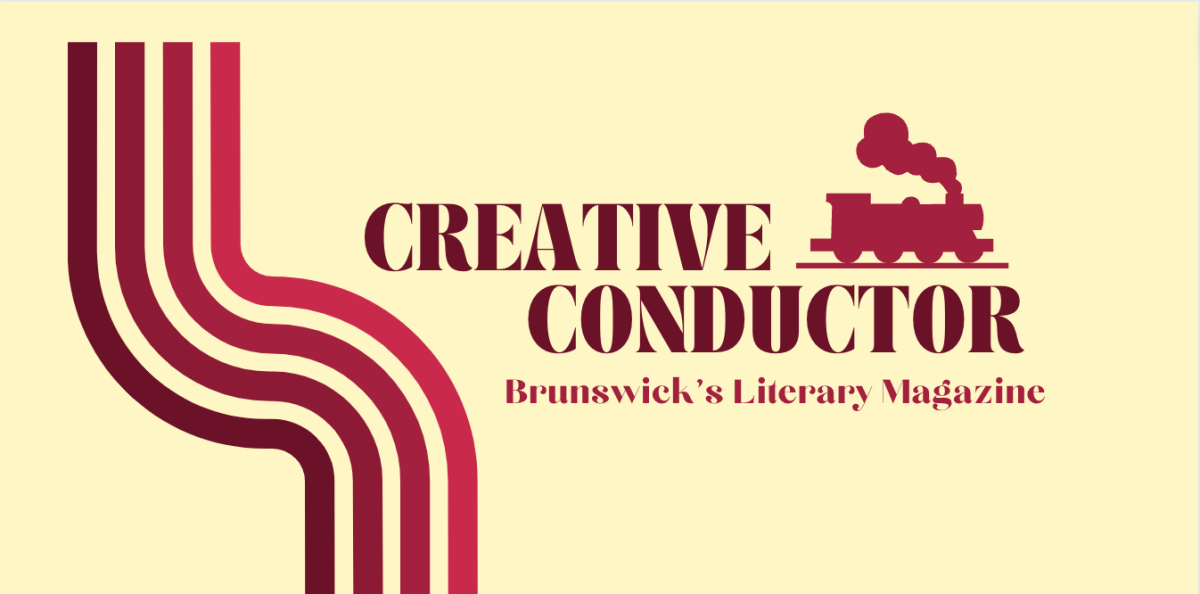Brunswick High School’s Dual Enrollment English 101 course was given an assignment to write a persuasive essay about a topic of their choosing. The Garnet & Gold Gazette staff chose their top 10 editorials to publish on our site. Staff used elements of news such as proximity, reader impact, human interest, and prominence within our community to publish relevant and enticing information on our site.
The essays chosen did an amazing job informing readers on the content and creating persuasive arguments on the chosen topics.
“Broken Lightbulb”
Flip a lightswitch real quick. What do you feel? Random I know, but lighting actually plays a large role in your emotions. Lighting found in office buildings, schools, and hospitals are usually fluorescent (another term is “daylight”, which isn’t really accurate) unlike a soft-white light bulb which resembles natural sunlight, and is seen in homes and restaurants. Harsh lighting helps to encourage focus and responsiveness, and building authorities say that they are optimal for buildings. Although as a highschool student I’ve noticed myself and my peers being more comfortable and attentive in class when bright lighting isn’t used. Hence fluorescent lighting should be banned from office spaces and schools because it evokes feelings of anxiousness and unease, which can negatively affect people’s mental health.
Furthermore, it’s true that fluorescent lighting is supposed to stimulate alertness and concentration, making it common for schools and workplace environments, and necessary for hospitals. Office buildings have fluorescent lighting everywhere which people tend to associate with productivity because of their job. The main reason fluorescent lighting is used is because it’s one of the cheaper alternatives to LED lights. People also don’t focus on the effects that those settings convey. The expectations involved in school and work provide huge amounts of stress. Poor use of lighting only adds to that stress. Mental health is a constantly changing aspect in our society and we all struggle with something. Sometimes when we aren’t in a comfortable environment our emotions can take over. People who experience anxiety (which is the majority of us) tend to feel uncomfortable with bright fluorescent lighting as it can make them recall negative thoughts (Khorshid).
Have trouble sleeping lately? Staying under cool fluorescent lights can impact cortisol levels, which are related to our stress hormones (Creutzberg). Higher levels of stress have been known to disrupt sleep which can lead to insomnia. Being at work or school already causes high levels of stress. Homework, tests, angry managers, and paperwork are just some of the stressors that come with being a student or employee. Usually these places have fluorescent overhead lights, which only adds fuel to the fire. Being stuffed into a compact space for 7-8 hours definitely doesn’t help.
We’ve all heard that we spend around 90% of our time indoors. I am also a homebody—I can’t help it! The more time I spend in supermarkets or at school, the more restless I feel. By being indoors people are exposed to less sunlight, and more artificial lights. The University of Maryland did a study on the total time spent indoors called the National Human Activity Pattern Survey (Klepeis). 86.9% of people stayed inside, whether it was to work or rest. Not only are you getting the gloomy atmosphere of staying indoors, but you are also being exposed to daylight lights for long periods of time. Both of which can increase irritation and reduce productivity (Martin).
Although many schools and companies will continue to use fluorescent lighting, they should inform themselves of the effects of fluorescent lights, like how they affect their students’ academics or employees’ willingness to work. Depression, anxiety, and stress revolve around us constantly, which is why fluorescent lighting should stop being used because of the negative impact on people’s mental health. The next time you turn on the overhead lights, flip a lamp switch instead. Baker-Miller Pink didn’t work to solve prison aggression, fluorescent lights won’t make you any more productive. For prisoners, or regular people.
Works Cited:






